October in Reception Class - Colours of the rainbow
October is a very busy month for Reception class. This month students are learning about colour. What are the primary and secondary colours? How do we mix colours to create new ones? What is monochrome? How do modern artists create artworks?
We are exploring colour through scientific investigations, art activities, art appreciation and famous children’s books and songs such as Brown Bear by Eric Carle. As we learn much more about colour we are continuing to develop and build upon our vocabulary and knowledge of the world we live in.
This week we have been enjoying the wonderful illustrations of the artist (illustrator) Eric Carle in the Brown Bear Brown Bear story and its beautiful poetic rhythmic patterns.
We explored the features of the book together. We found the cover of the book, the title, we know to read from left to right and top to bottom. We turn pages in a book one by one and we are beginning to understands page sequencing. After re-reading the story, creating story bracelets for our mums and acting it out as a dance, most of us can recall and retell the familiar story with some exact repetition of the verses from the book. We are so clever.
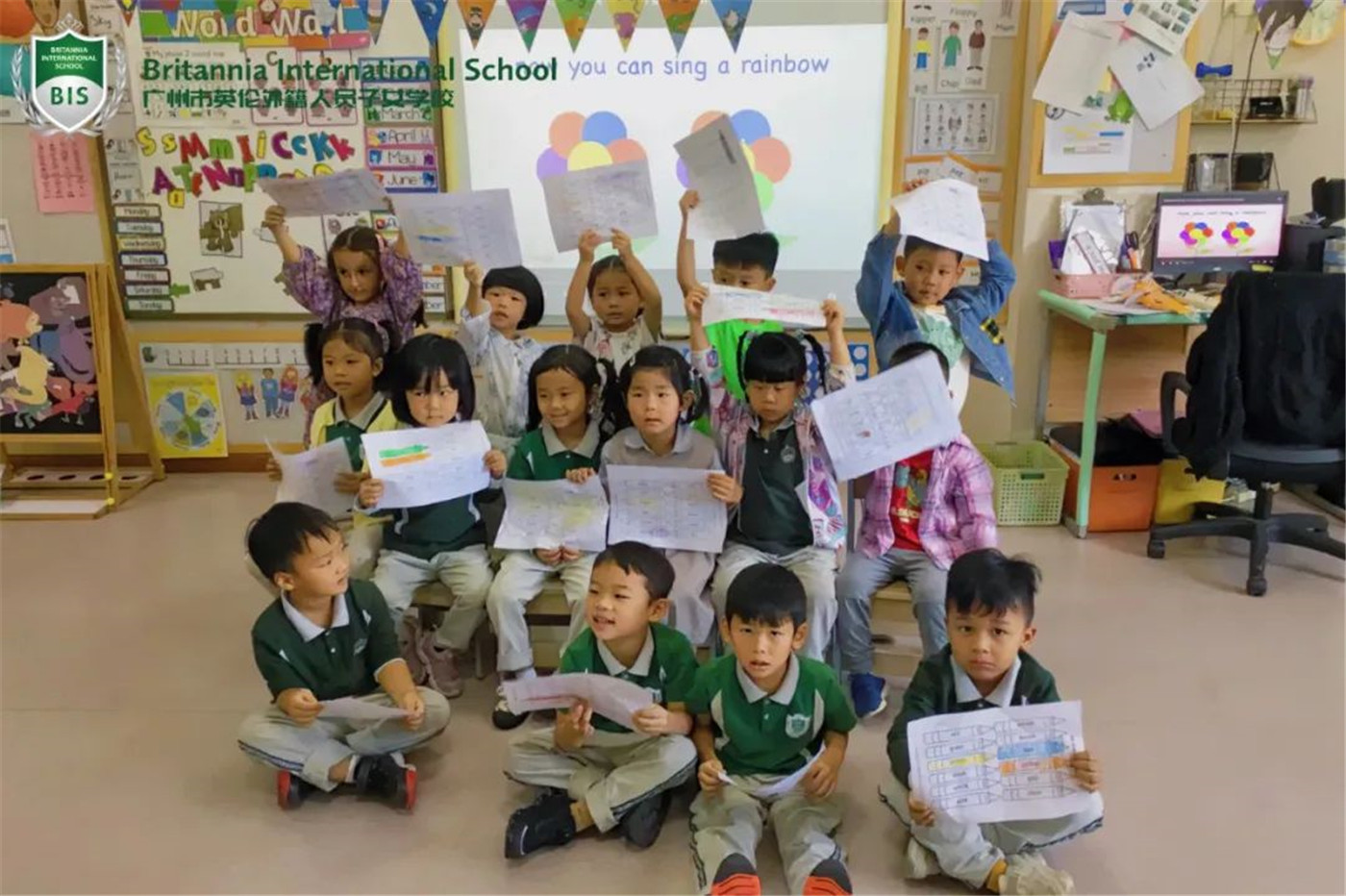
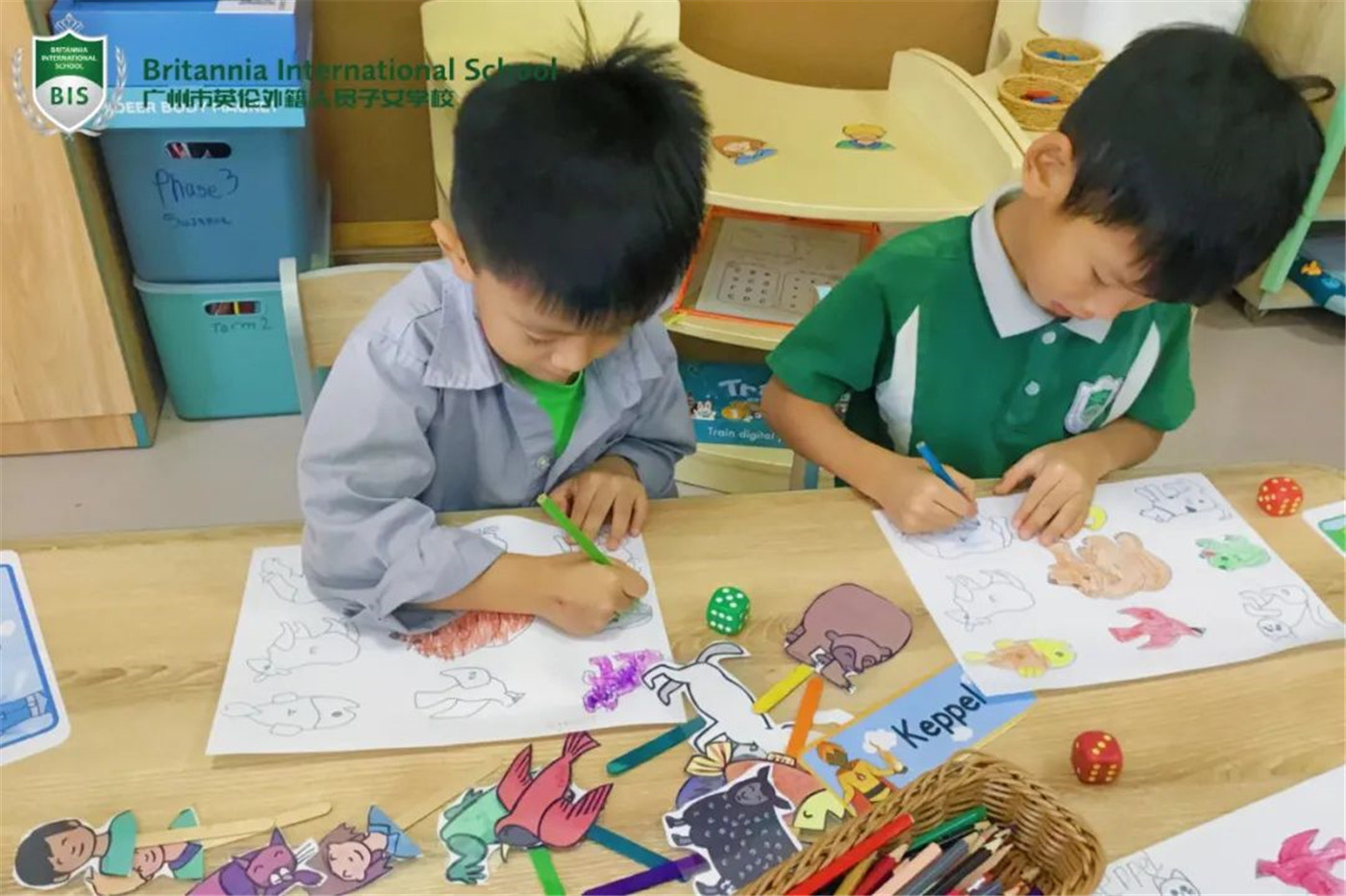
We did a colour mixing experiment to see what happens when we mix the primary colours together. Using our fingers we put a dot of blue on one finger, a dot of red on the other finger and rubbed our fingers together to see what happened - magically we made purple. We repeated the experiment with blue and yellow and then yellow and red and recorded our results on our colour chart. Lots of mess and lots of fun.
We learnt the Rainbow Song and used our colour name knowledge to go on a Colour Hunt around the school. We set off in teams. When we found a colour we had to name it and find the correct colour word on our worksheet to colour in. Our growing phonics knowledge really helped us with this task as we were able to sound out and identity quite a lot of the letters to read the colour names. We are so proud of ourselves.
We will continue exploring how different artists use colour to create amazing artworks and we will try to use some of these techniques to create our own masterpieces.
Reception class are also continuing with their letters and sounds phonics journey and are beginning to blend and read our first words in class. We are also taking home our first reading books each week and learning how to care and respect our lovely books and share them with our families.
We are so proud of receptions amazing progress and look forward to an exciting fun packed month.
The Reception Team
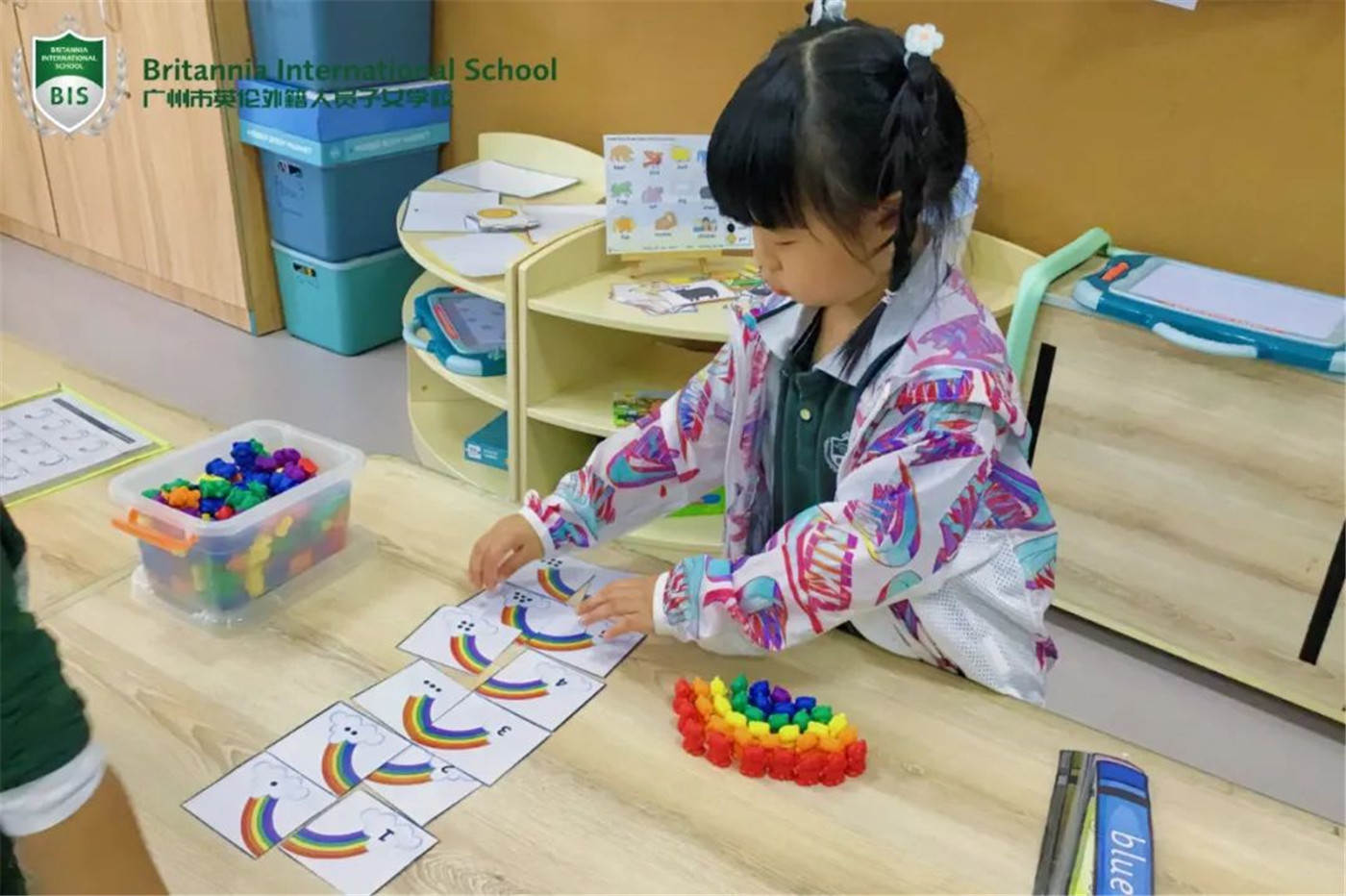
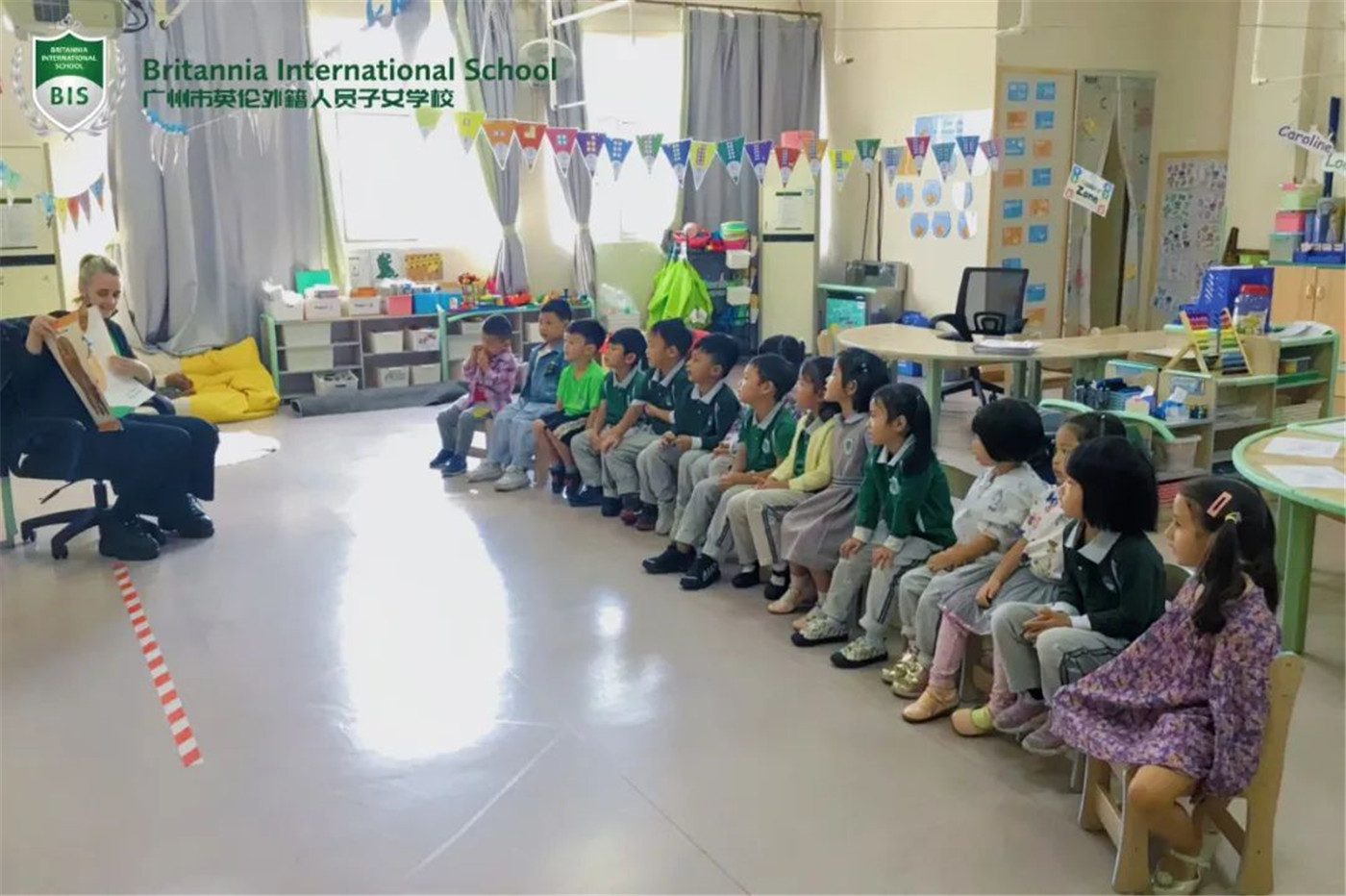
Value for Money and Ethical Spending
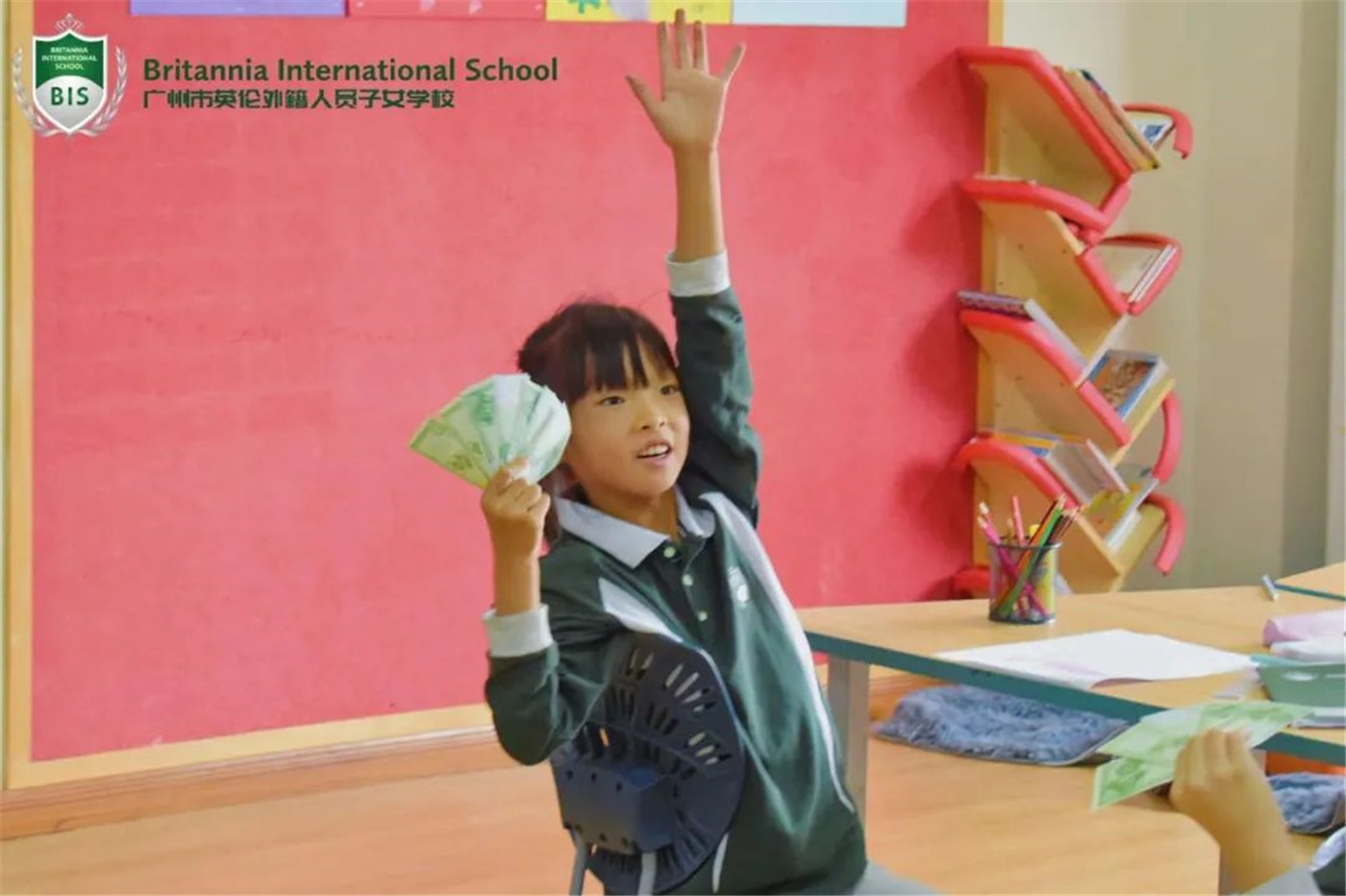
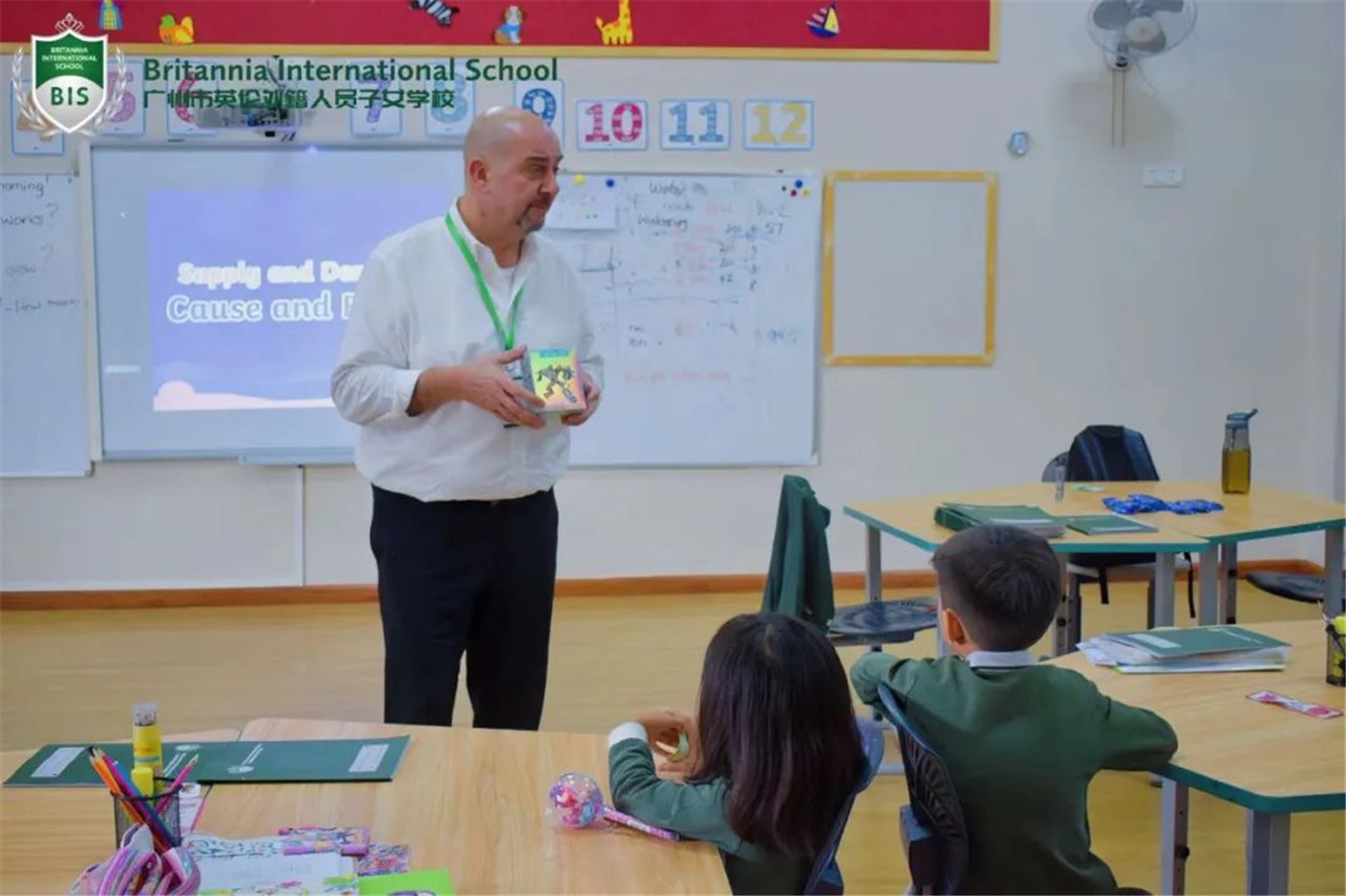
In last weeks PSHE class in Year 3 we started to recognise that people have different attitudes towards saving and spending money; what influences people's decisions and that people's spending decisions can affect others.
In this class we started to discuss on "How does China grow?" One of the answers was "money". Students understood that all countries import and export items and trade between each other. They also understood that prices of items can fluctuate through demand.
I provided all students with different amounts of money and asked the question why? The students were quick in answering that it was because we have all different amounts of money in life. To describe "Supply and Demand" I provided one oero biscuit stating that the price was 200RMB. Students were waving money at myself to buy. I asked whether the demand for this biscuit was high or low. I finally sold the biscuit for 1,000RMB. I then produced another 15 biscuits. The mood changed and I asked the student that had paid 1,000RMB how he felt. We continued to buy the items and once all sold we sat down to discuss what has just happened.

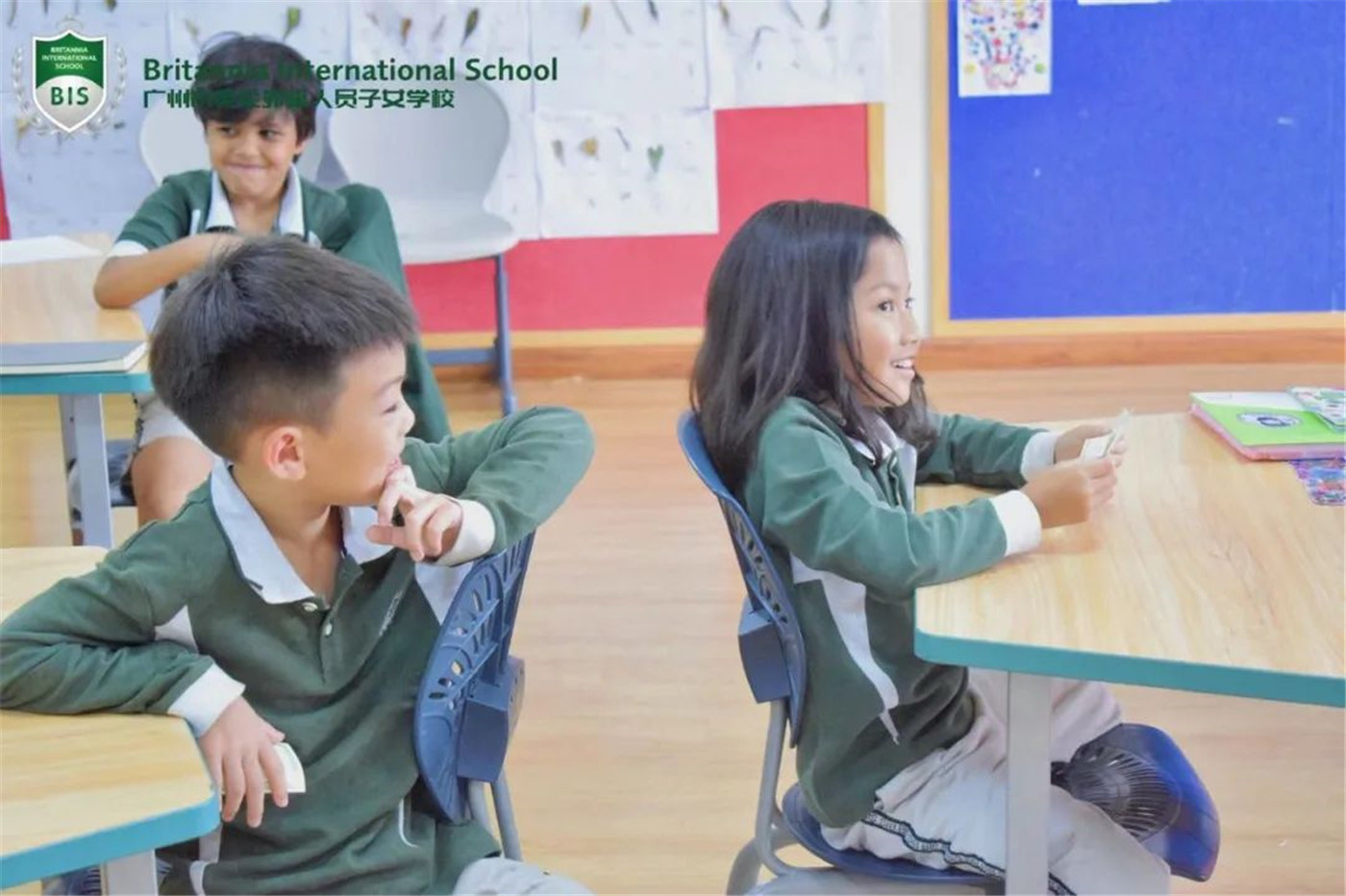
Tarsia Puzzle
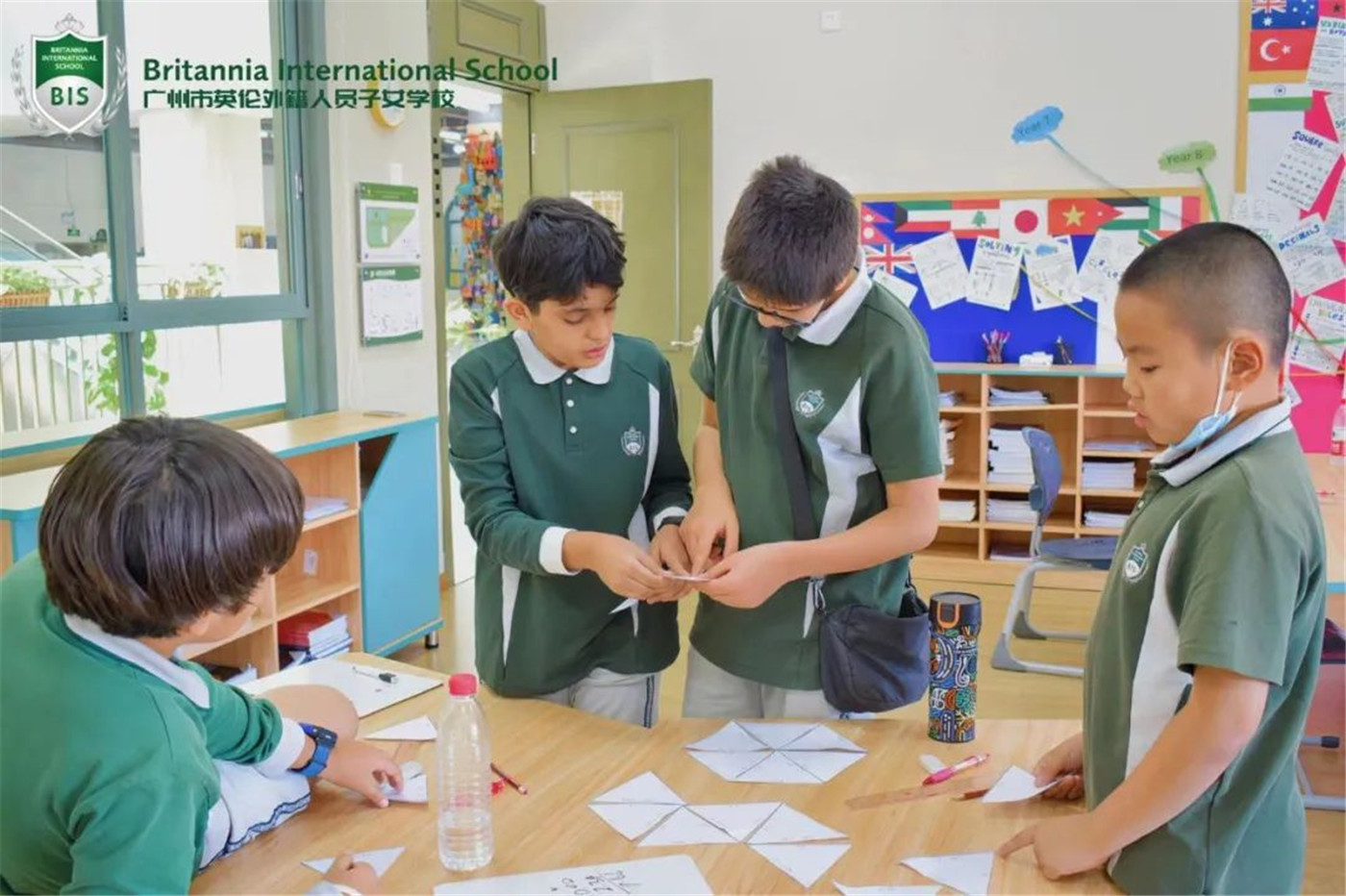
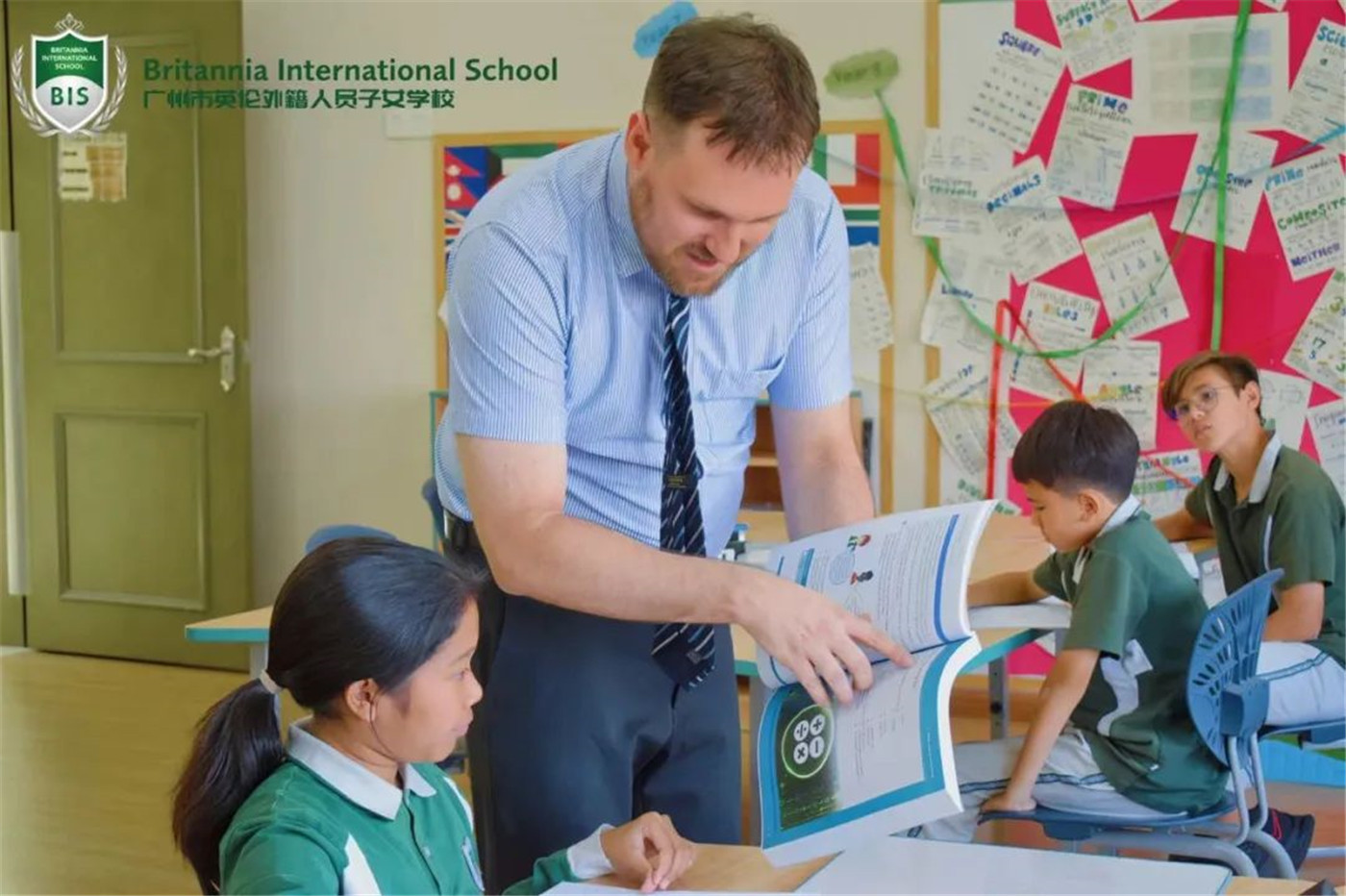
In the last few weeks, students in lower secondary have been developing mathematical skills sets in mental arithmetic: adding, subtracting, multiplying, and dividing decimal numbers, ideally without having to write anything, and simplifying fractional calculations. Many of the fundamental skills of arithmetic were introduced in primary years; but at lower secondary, students are expected to accelerate their fluency in these calculations. Ask your children to add, subtract, multiply or divide two decimal numbers, or two fractions, and they could probably do it in their heads!
What I do in the Mathematics classroom is typical among Cambridge International schools. Students face each other and do majority of the talking. Hence, the whole point of a tarsia puzzle as an activity is to enable to students to collaborate with each other to achieve a common goal. I find tarsia puzzles to be one of the most effective activities for engaging students in communication. You may notice that every student gets involved.
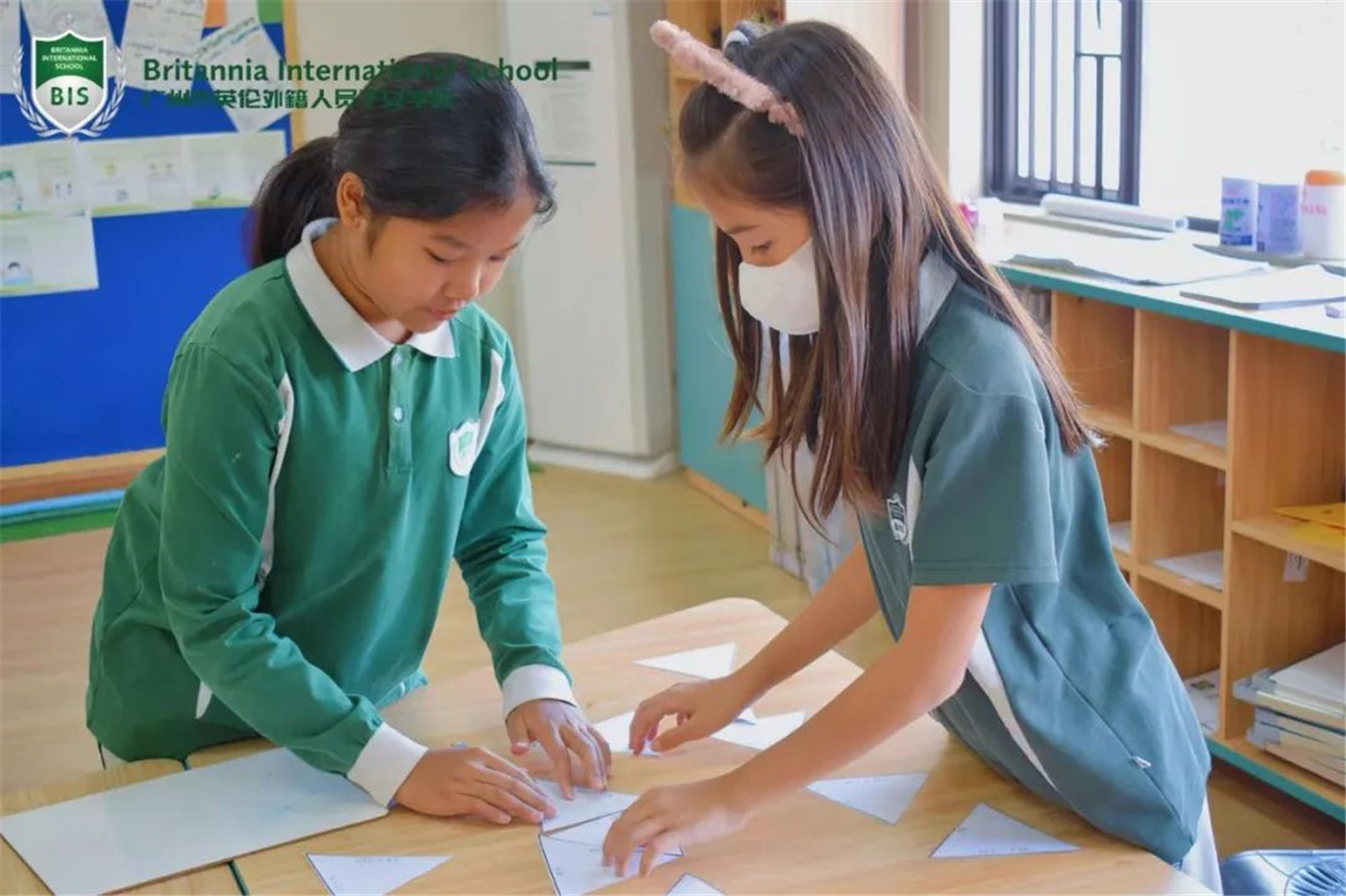
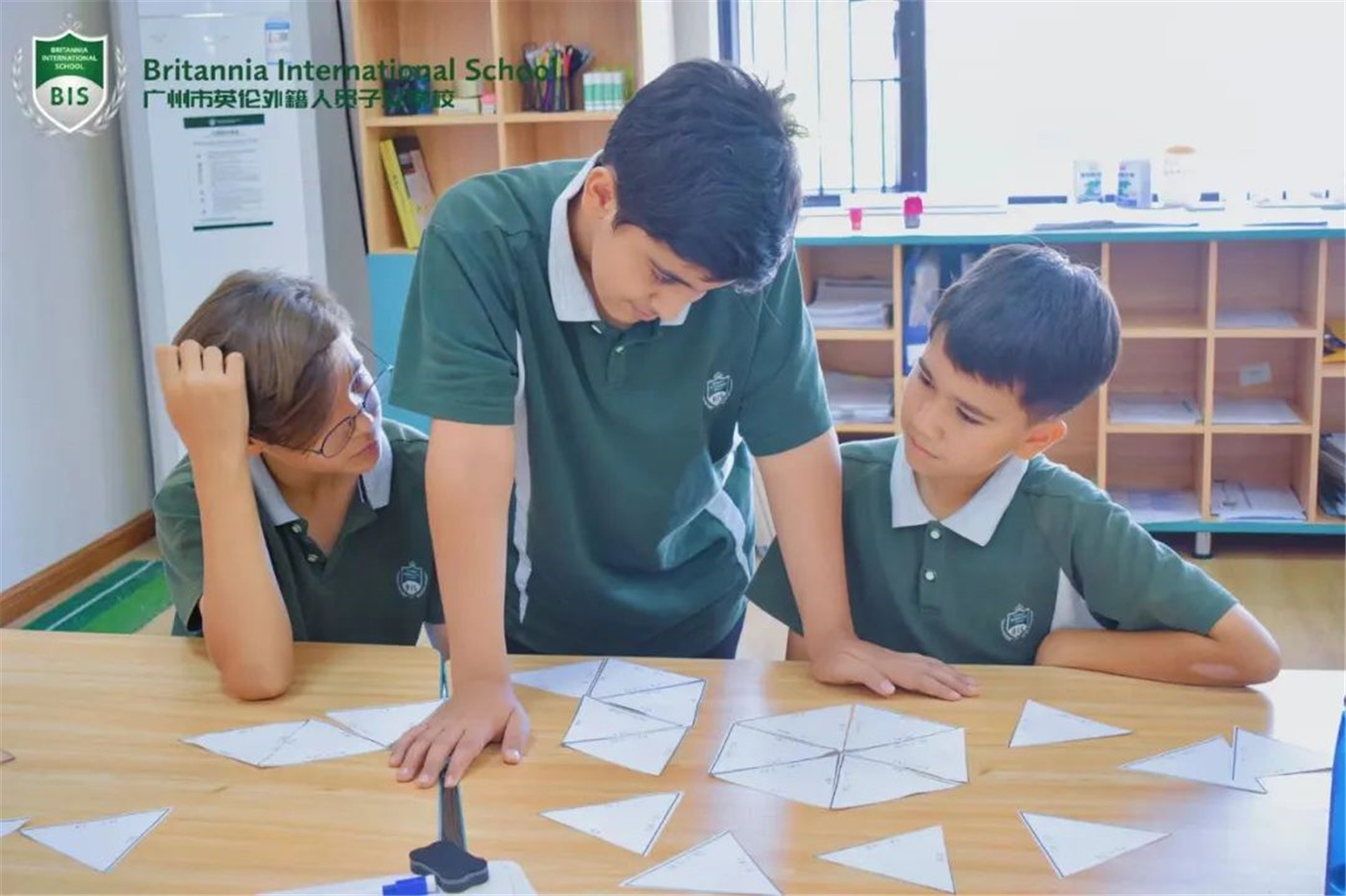
Learning Pinyin and Numbers
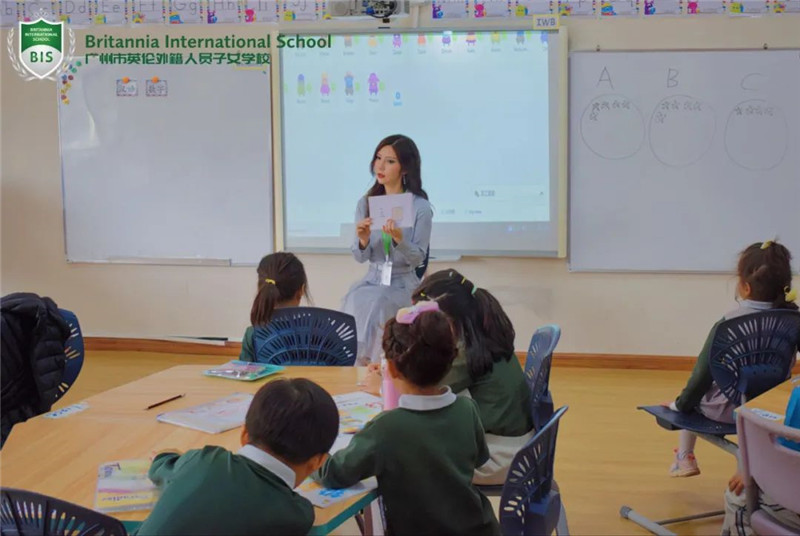
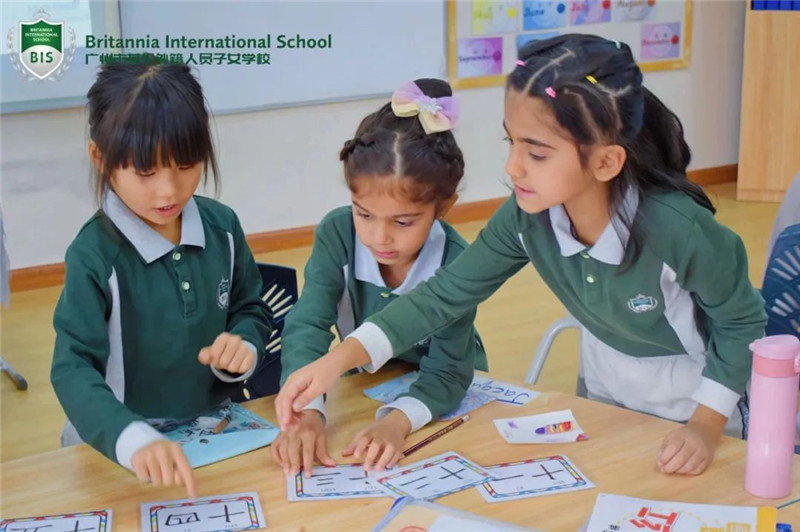
Hello parents and students:
I'm a Chinese teacher, Michele, and over the past few weeks, the Y1 and Y2 second language have been learning Pinyin and numbers, as well as some simple Chinese characters and conversations. Our class is full of laughter. The teacher played some interesting games for students, such as: wordwall, quizlet, Kahoot, card games..., so that the students can unknowingly improve their Chinese proficiency in the process of playing. The classroom experience is truly entertaining! The students can now complete the tasks given by the teacher conscientiously. Some students have made great progress. They have never spoken Chinese, and now they can clearly express some simple ideas in Chinese. The students not only became more and more interested in learning Chinese, but also laid a solid foundation for them to speak Chinese well in the future!
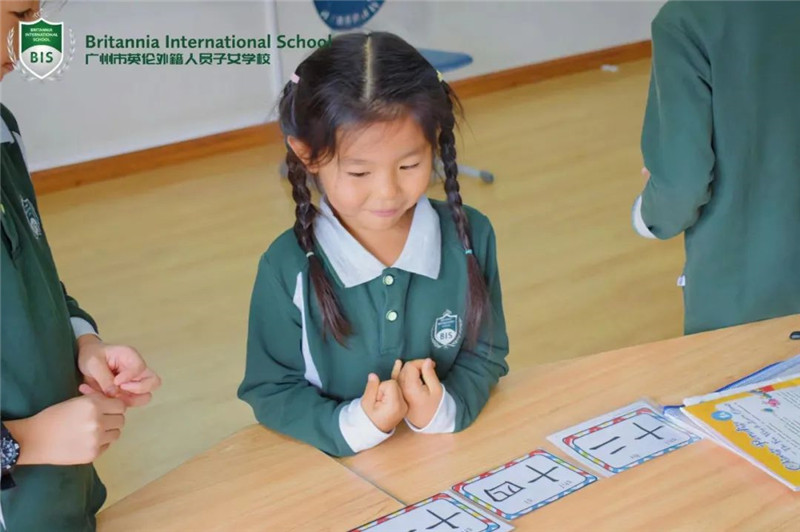
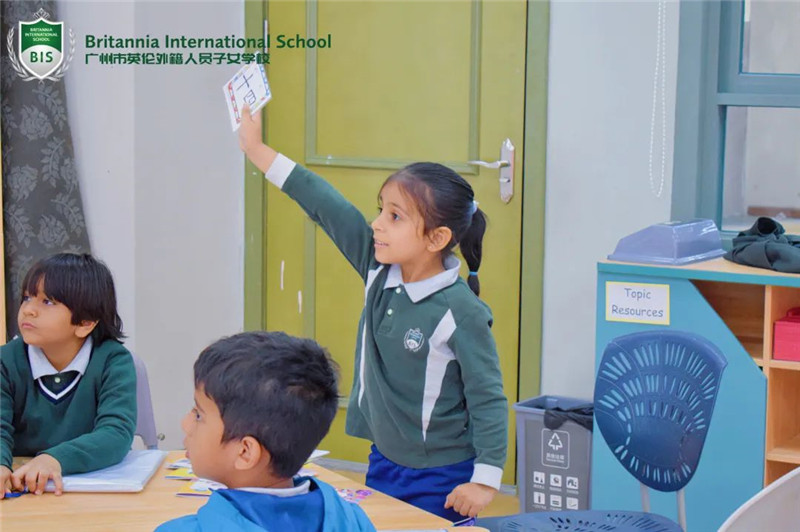
Solid Dissolution
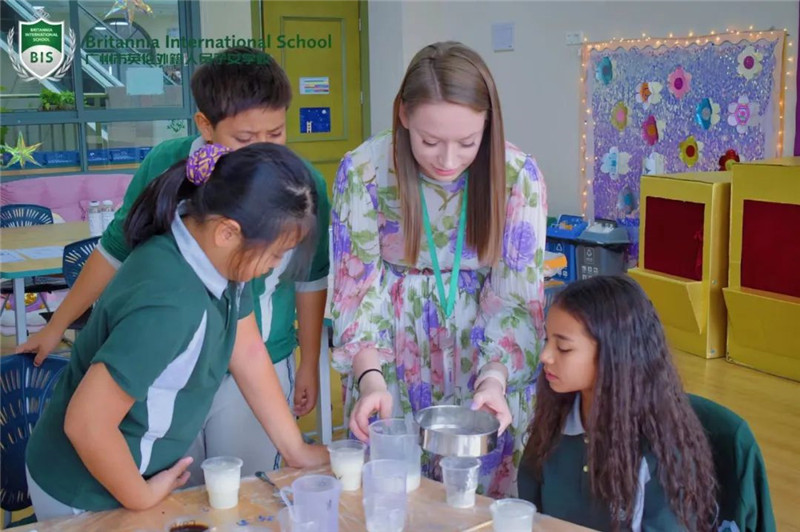
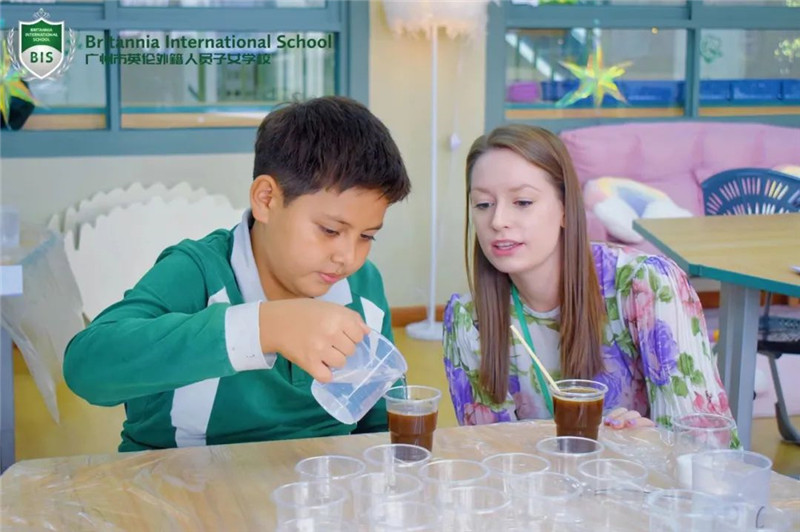
The students in Year 5 have continued studying their Science unit: Materials. In their class on Monday, the students took part in an experiment where they tested the ability of solids to dissolve.
The students tested different powders to see if they will dissolve in hot or cold water. The solids they chose were; salt, sugar, hot chocolate powder, instant coffee, flour, jelly, and sand. To make sure it was a fair test, they added one teaspoon of the solid to 150ml of either hot or cold water. Then, they stirred it 10 times. The students enjoyed making predictions and using their prior knowledge (sugar dissolves in tea etc.) to help them predict which will dissolve.
This activity met the following Cambridge learning objectives: 5Cp.01 Know that the ability of a solid to dissolve and the ability of a liquid to act as a solvent are properties of the solid and liquid. 5TWSp.04 Plan fair test investigations, identifying the independent, dependent and control variables. 5TWSc.06 Carry out practical work safely.
Brilliant work Year 5! Keep it up!
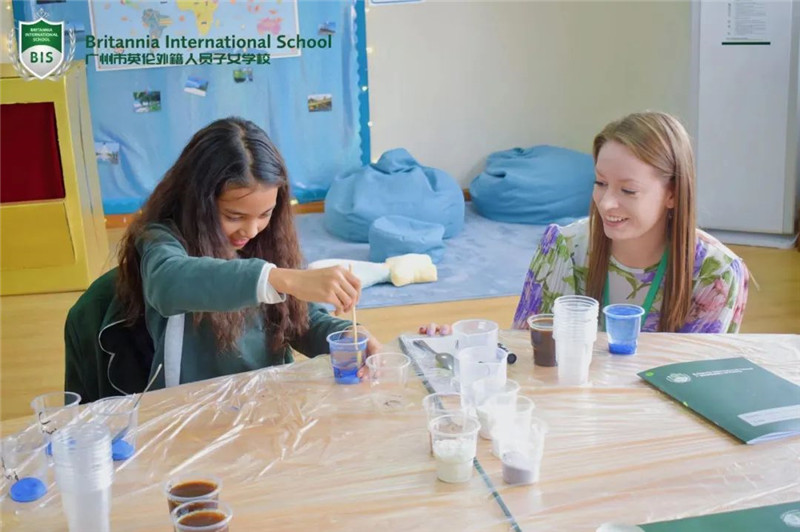
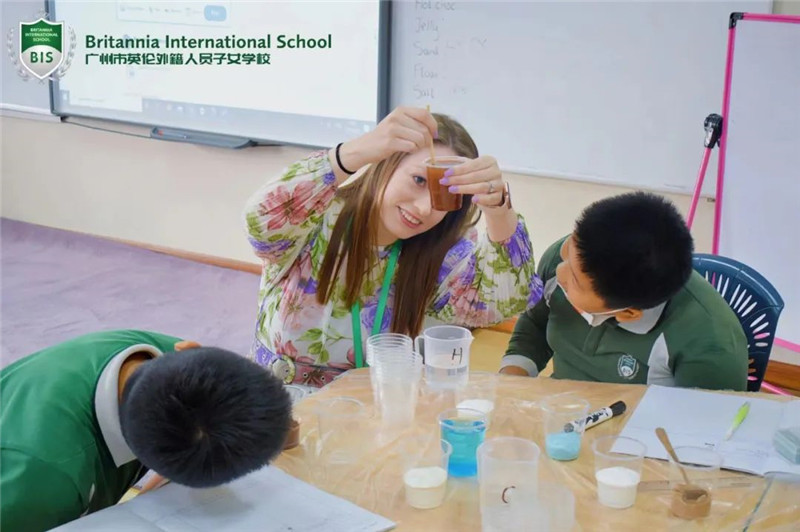
Sublimation Experiment
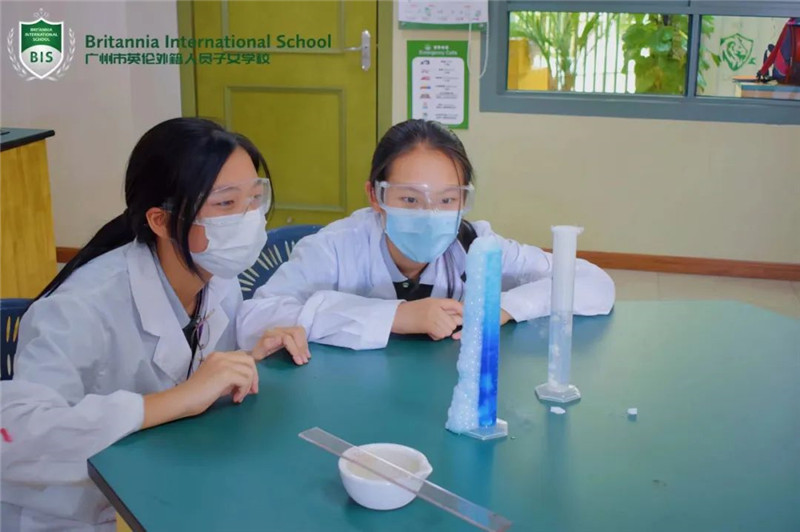
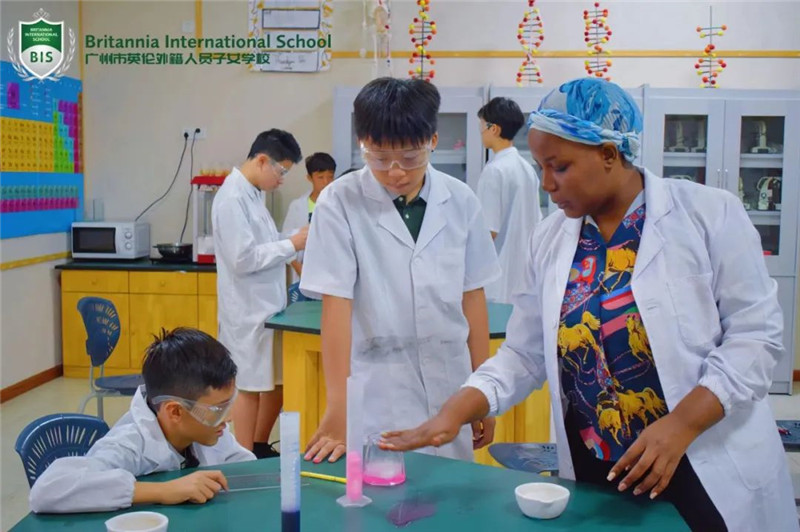
Year 7 students conducted an experiment about sublimation to see how the transitions of a solid to gas occurs without passing through the liquid state. Sublimation is the transition of a substance from solid to gas state.


Robot Rock
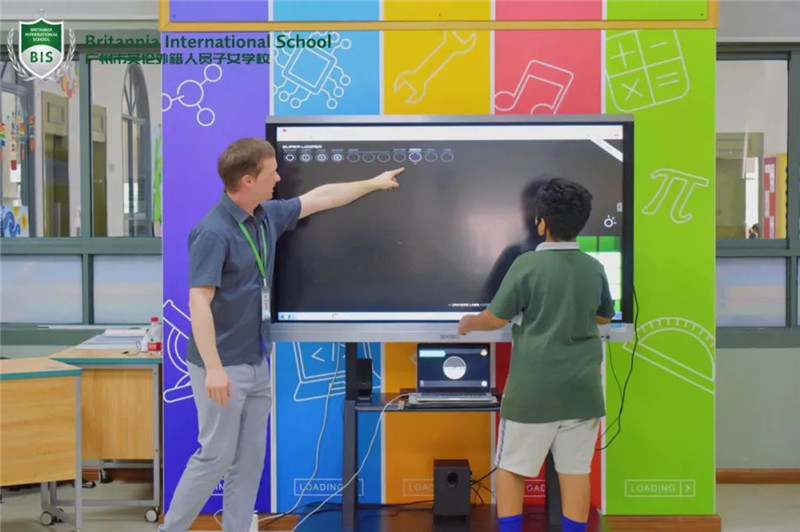
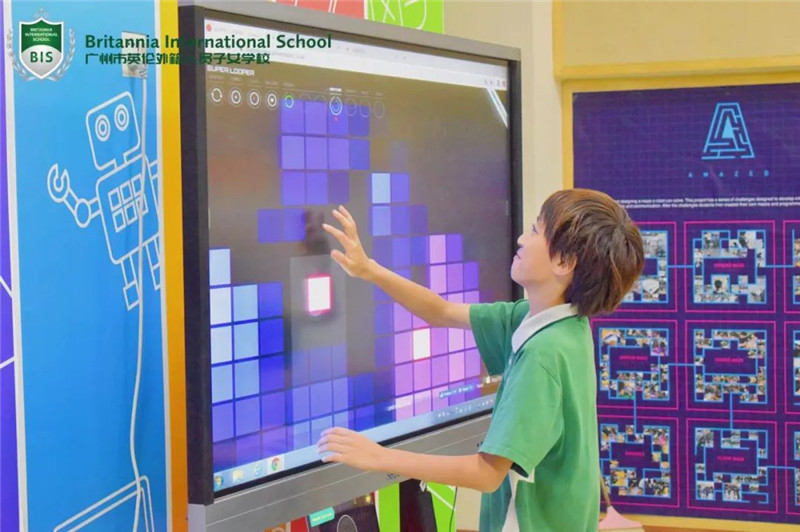
Robot Rock is a live music production project. Students have the opportunity to build-a-band, create, sample and loop recordings to produce a song. The aim of this project is to research sample pads and loop pedals, then design and construct a prototype for a new contemporary live music production device. The students can work in groups, where each member can focus on different elements of the project. Students can focus on recording and collecting audio samples, other students can focus on coding device functions or can design and build the instruments. Once complete the students will perform their live music productions.
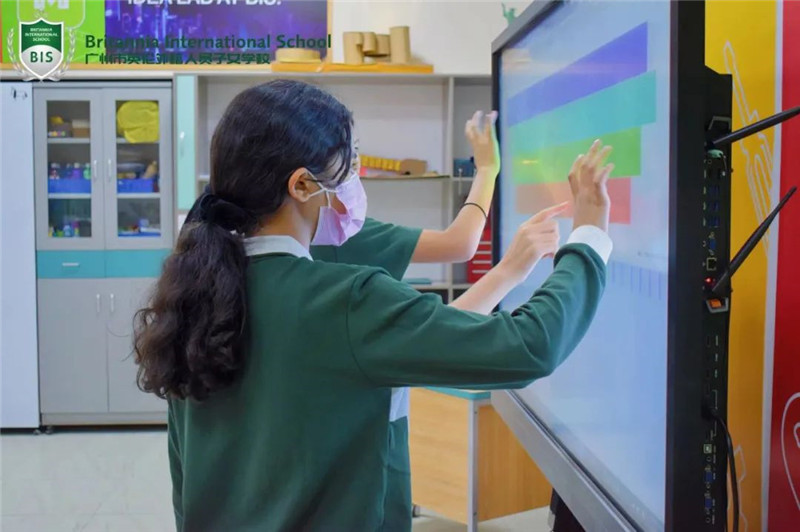
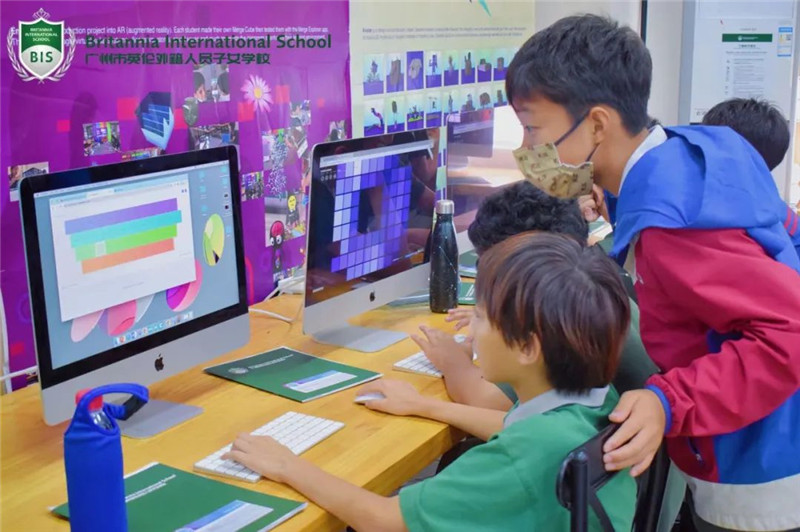
Research Questionnaires and Science Review Games
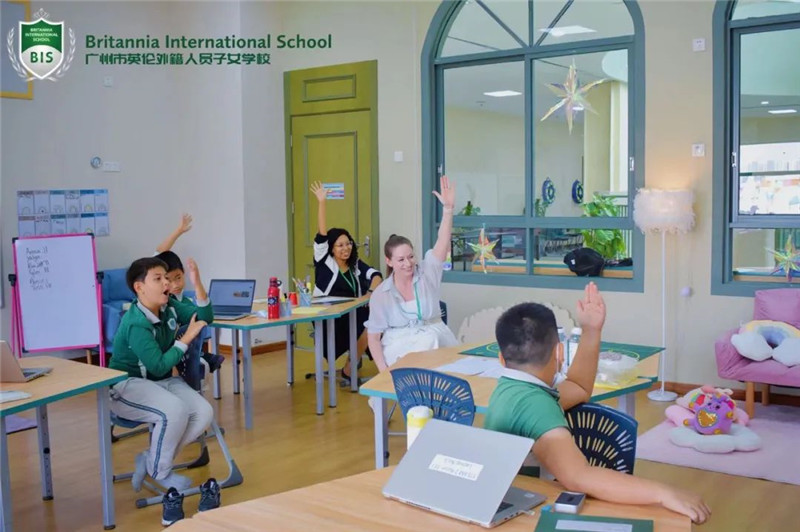
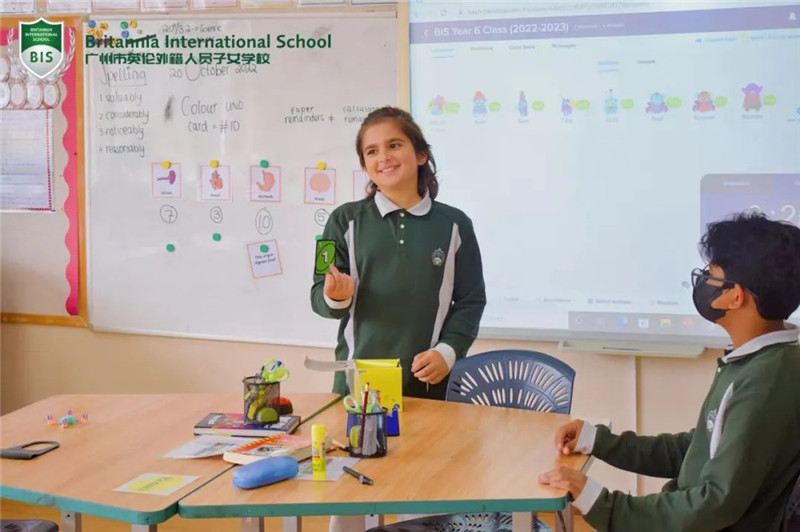
Global Perspectives Research Questionnaires
Year 6 continues to explore different means of collecting data for a research question, and yesterday, we went to the Year 5 class to ask them questions related to how those learners travel to school. The results were recorded in the questionnaire by the designated Results Reporting team. Ms. Danielle also posed some interesting, in-depth questions to Year 6 to gauge their understanding of the purpose behind their research. Well done, Year 6!!
Science Review Games
Ahead of Year 6 writing their first Science test, we played a few quick games to review the content we had learned in the first unit. The first game we played was charades, where the students on the carpet had to give clues to the standing student about the organ/organ system displayed on the phone. Our second game had students work in groups to match organs with their correct functions in under 25 seconds. Both games helped learners review all the content in a fun, fast paced and interactive manner and they were given Class Dojo points for their efforts! Well done and all the best, Year 6!!
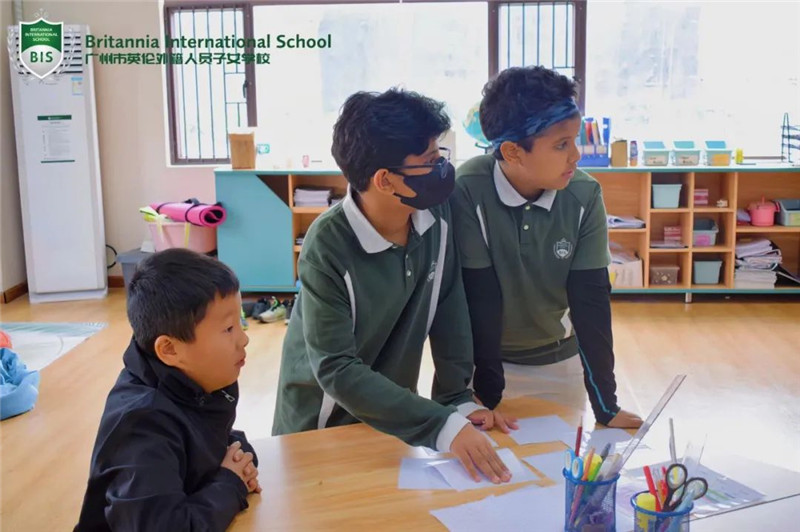
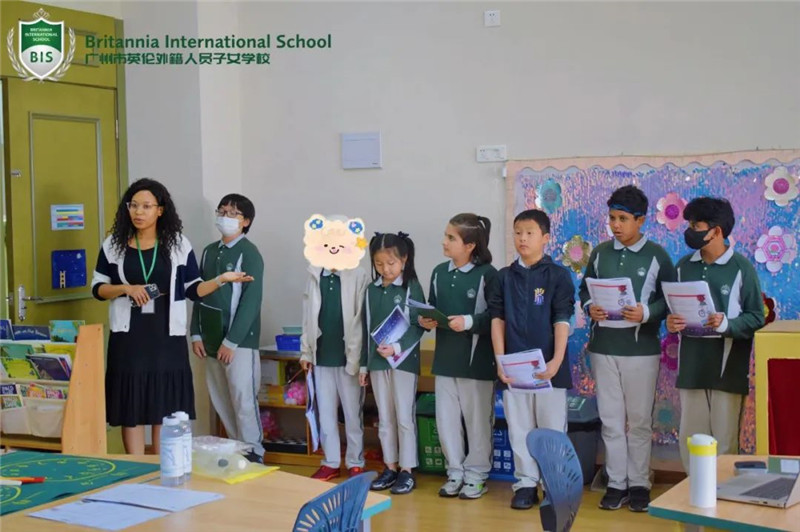
First School Library Experience
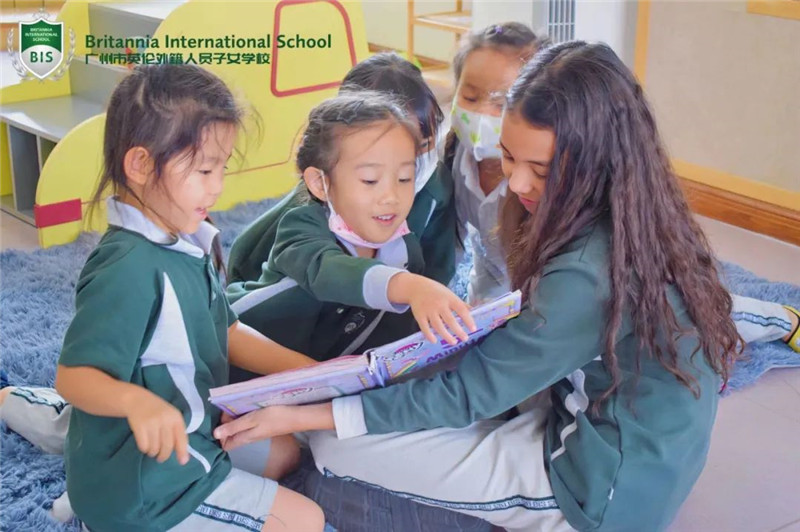
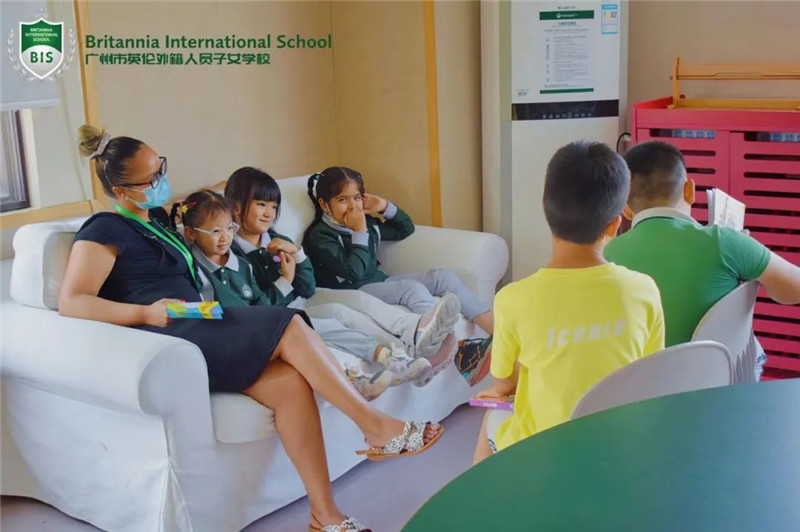
On 21 October 2022, Year 1B had their very first school library experience. For this, we invited Miss. Danielle and her beautiful Year 5 students who unselfishly came down to the library and read to us. The Year 1B students were separated into groups of three or four and assigned a Year 5 group leader after which, they each found a place to get comfortable for their reading lesson. Year 1B listened attentively and hung onto each Year 5 group leaders’ every word which was amazing to see. Year 1B ended off their reading lesson by thanking both Miss. Danielle and her students and additionally, awarding each Year 5 student a certificate signed by a representative from the Year 1B class. Thank you once again Miss. Danielle and Year 5, we love and appreciate you and we very much look forward to our next collaboration activity.
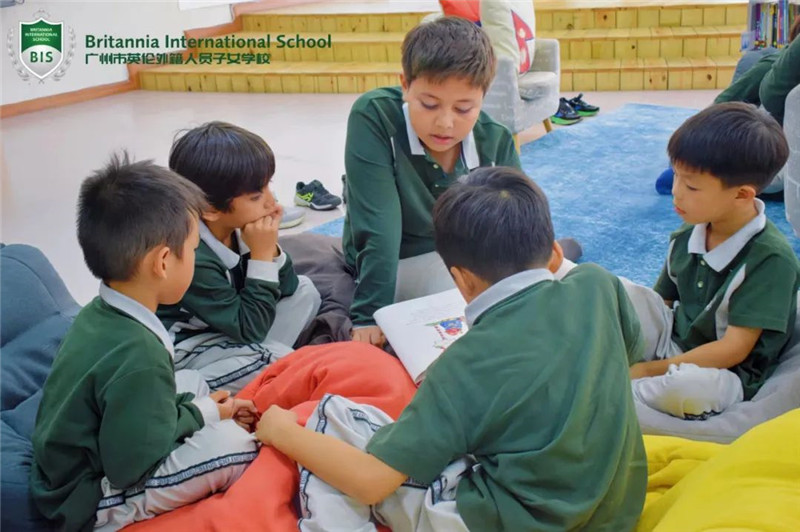
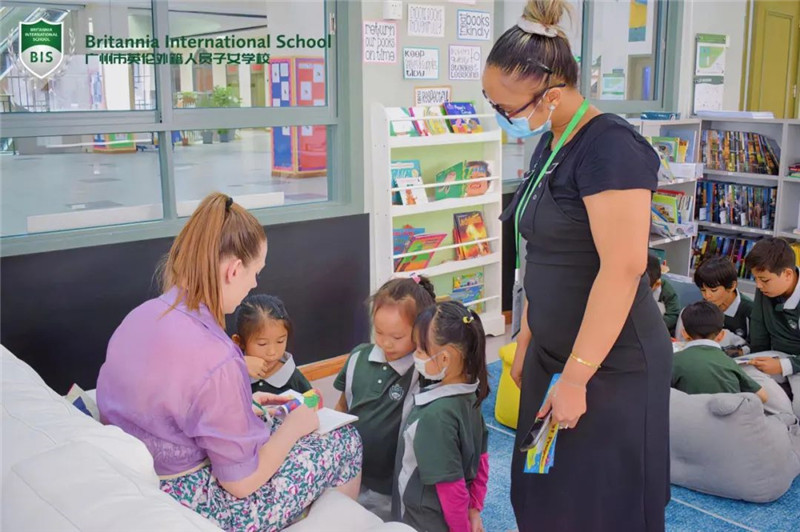
Post time: Dec-16-2022







